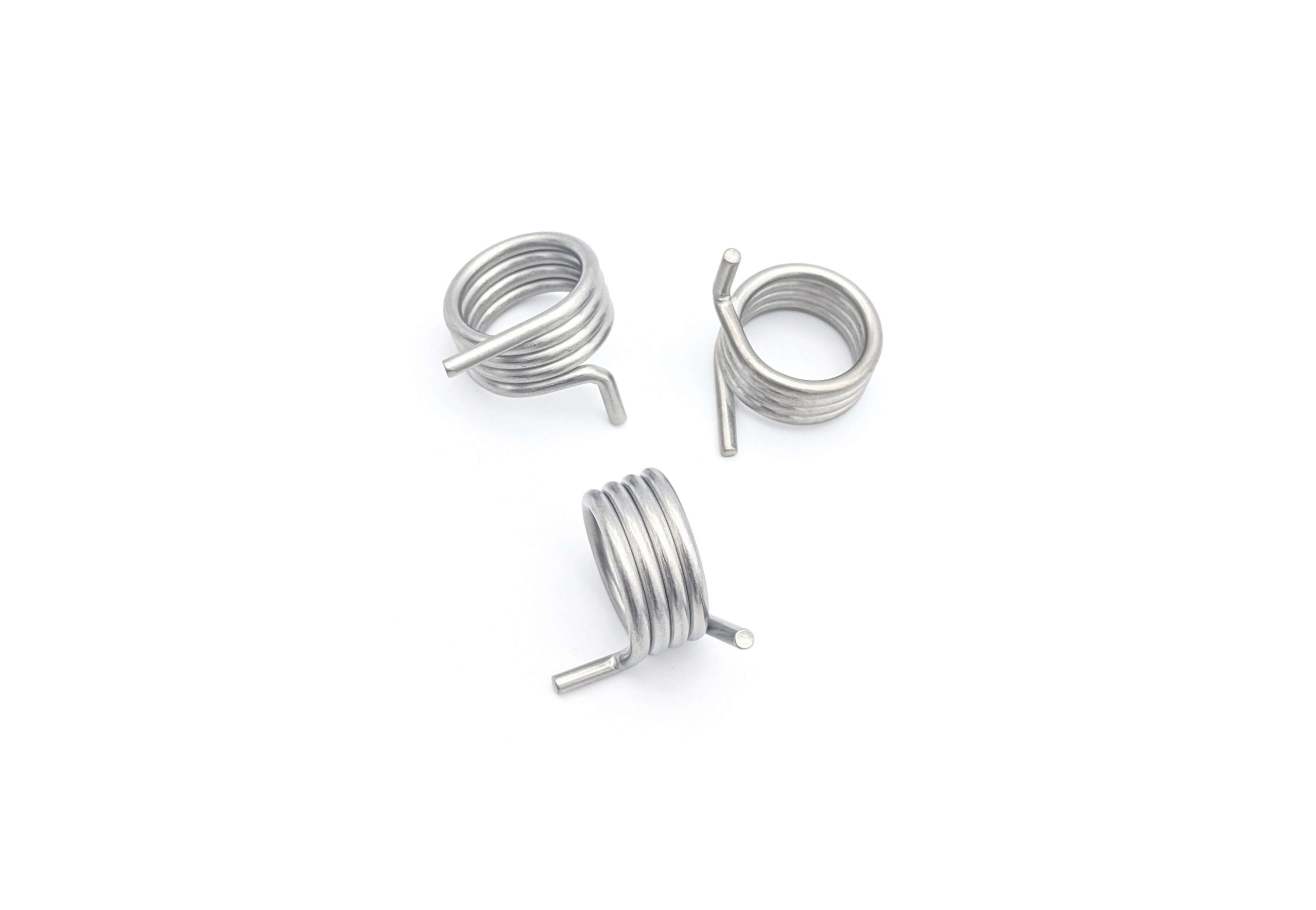Get unique, complex parts easily. No matter your requirements, Chaoyi Spring creates hard-to-produce coil springs and wire forms.
Let us help you create the custom wire form you need, from S-hooks and J-hooks to utility hooks and more.
We work closely with customers across a wide range of industries, helping them design and manufacture made-to-order parts.
Why choose Chaoyi Spring? We prioritize customer-focused collaboration, modern equipment and the latest technology to make your parts per print.
Find the information and guidance you need, from measuring a spring to learning about materials, placing an order and much more.
Torsion springs, often referred to as helical springs, are essential components in a wide range of mechanical systems. Their ability to store and release rotational energy makes them invaluable for


Torsion springs, often referred to as helical springs, are essential components in a wide range of mechanical systems. Their ability to store and release rotational energy makes them invaluable for various applications, from simple everyday objects to complex industrial machinery. This comprehensive guide will delve into the intricacies of torsion springs, exploring their design, properties, applications, and considerations for selecting the right type for your specific needs. We will also explore the crucial aspects of spring rate, material selection, and the relationship between force, torque, and deflection. By understanding the fundamental principles of torsion springs, you can gain insights into their powerful potential in diverse engineering projects.

Torsion springs, unlike their linear counterparts, are designed to resist and store energy in the form of rotational force, commonly known as torque. This rotational force is generated when the spring is twisted or rotated around its axis. The primary function of a torsion spring is to provide a restoring force, essentially pushing or pulling an object back to its original position after being displaced. This principle of restoring force is crucial in various mechanisms and applications.
The geometry of a torsion spring is fundamentally different from a traditional linear spring. It typically consists of a coiled wire, often made of high-strength materials like steel or spring steel, wound into a helical shape. The ends of the spring are often designed with specific terminations, such as hooks, eyes, or other forms, to facilitate attachment to the connected components. The number of coils, wire diameter, and overall spring length are critical parameters that influence the spring's performance and characteristics.
One of the most fundamental concepts in torsion spring design is the spring rate, often denoted by 'k'. This value represents the relationship between the applied torque and the resulting angular deflection. In simpler terms, the spring rate indicates how much torque is required to rotate the spring by a specific angle. A higher spring rate suggests that a greater torque is needed to achieve the same angular deflection. It's essential to consider the desired stiffness of the spring when selecting the appropriate material and geometry.
The choice of material for a torsion spring greatly impacts its performance, durability, and resistance to fatigue. Spring steel, known for its excellent strength and resilience, is a common material choice for torsion springs. However, the specific properties of the steel, such as its hardness and temper, can vary depending on the intended application. For instance, a torsion spring designed for a high-stress environment might require a harder steel alloy to withstand the cyclic loading. Other materials like music wire, stainless steel, and even non-metallic materials like plastics are used based on the specific application requirements and desired properties.
Torsion springs find their way into a myriad of applications across various industries, showcasing their versatility and efficiency. Here are some prominent examples:
Designing a torsion spring requires careful consideration of several factors that will directly influence its performance and overall functionality:
Torsion springs are vital components in a vast array of mechanical systems, proving their versatility and efficiency across various industries. Understanding the fundamentals of torsion spring design, material selection, and considerations for specific applications is essential for engineers and designers seeking to leverage their power and precision. By carefully selecting the right type of torsion spring and considering the critical factors mentioned in this guide, you can ensure optimal performance and longevity in your mechanical systems. The next time you encounter a spring-loaded mechanism, remember the powerful force at play, a force that is shaping our world, one rotation at a time.
Torsion springs continue to play a crucial role in various aspects of our lives, from everyday objects to complex machinery. Their ability to store and release rotational energy with precision makes them invaluable tools in mechanical engineering. As technology advances, so too will the applications of torsion springs, making them an essential component in shaping our future.
Browse some of the custom wire forms and springs that we manufacture. Don’t see what you need? We specialize in made-to-order products that meet your application requirements.
Visit Our GalleryNeed a custom wire form or coil spring? We make it work. Fill out the contact form and a representative will respond within 1 business day. If you have a PDF or CAD file, you can submit to request a quote.